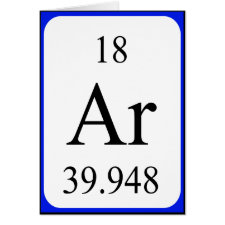
Authors: Kotyrba A, Dinc M, Mizaikoff B
Article Title: Development of Silica Nanoparticle Supported Imprinted Polymers for Selective Lysozyme Recognition.
Publication date: 2021
Journal: Nanomaterials
Volume: 11
Issue: (12)
Article Number: 3287.
DOI: 10.3390/nano11123287
Alternative URL: https://www.mdpi.com/2079-4991/11/12/3287/htm
Abstract: Protein imprinted MIPs show notable potential for applications in many analytical areas such as clinical analysis, medical diagnostics and environmental monitoring, but also in drug delivery scenarios. In this study, we present various modifications of two different synthesis routes to create imprinted core-shell particles serving as a synthetic recognition material for the protein hen egg white (HEW) lysozyme. HEW lysozyme is used as food additive E 1105 for preservation due to its antibacterial effects. For facilitating quality and regulatory control analysis in food matrices, it is necessary to apply suitable isolation methods as potentially provided by molecularly imprinted materials. The highest binding capacity achieved herein was 58.82 mg/g with imprinting factors ranging up to 2.74, rendering these materials exceptionally suitable for selectively isolating HEW lysozyme
Template and target information: protein, lysozyme, hen egg white (HEW) lysozyme
Author keywords: Molecularly imprinted polymers, MIP, protein imprinting, core-shell imprinting, core-shell particles, lysozyme



Join the Society for Molecular Imprinting

New items RSS feed
Sign-up for e-mail updates:
Choose between receiving an occasional newsletter or more frequent e-mail alerts.
Click here to go to the sign-up page.
Is your name elemental or peptidic? Enter your name and find out by clicking either of the buttons below!
Other products you may like:
 MIPdatabase
MIPdatabase









